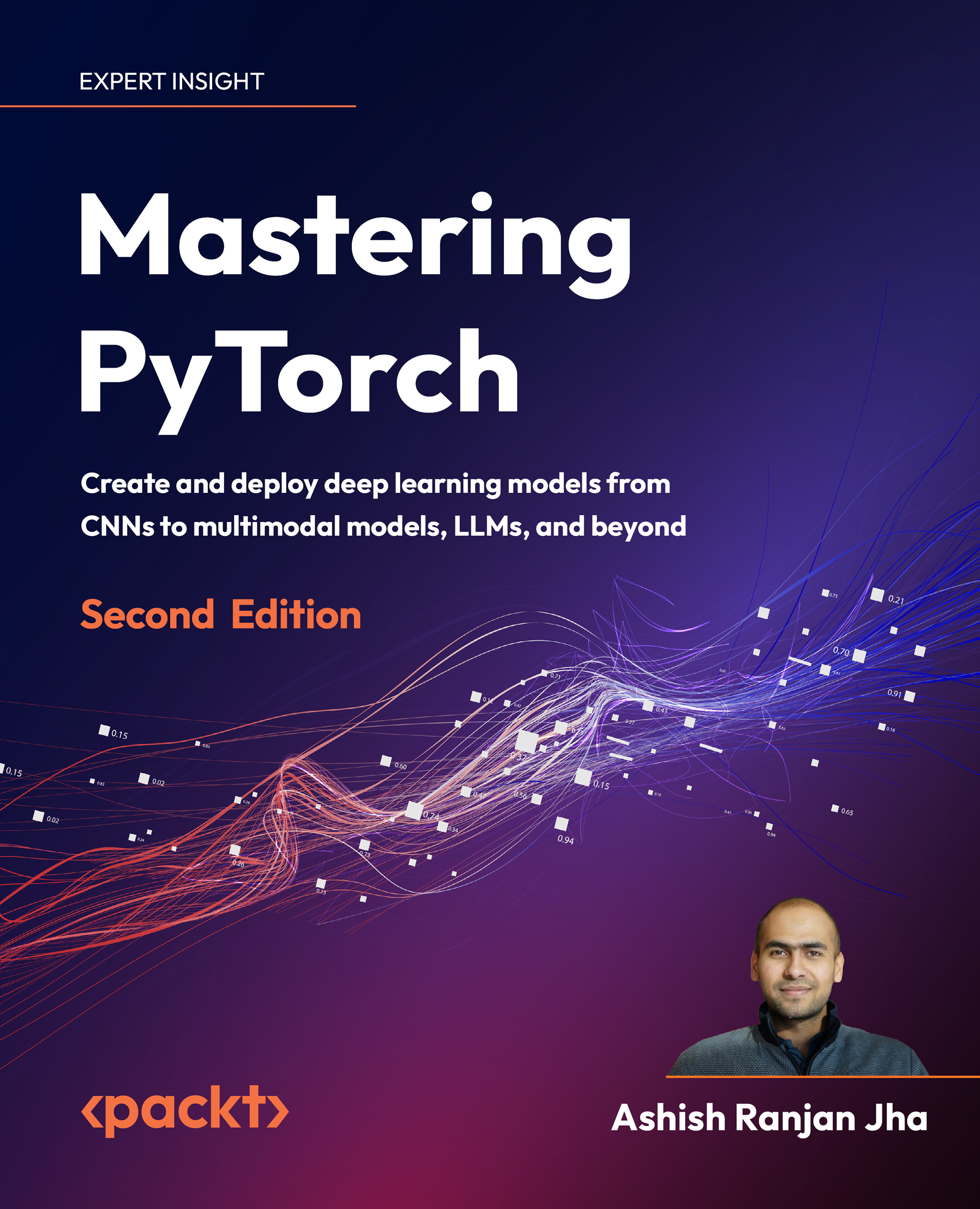Building a transformer model for language modeling
In this section, we will explore what transformers are and build one using PyTorch for the task of language modeling. We will also learn how to use some advanced transformer-based models, such as BERT and GPT, via PyTorch’s pretrained model repository. The pretrained model repository contains PyTorch models trained on general tasks such as language modeling (predicting the next word given the sequence of preceding words). These pretrained models can then be fine-tuned for specific tasks such as sentiment analysis (whether a given piece of writing is positive, negative or neutral). Before we start building a transformer model, let’s quickly recap what language modeling is.
Reviewing language modeling
Language modeling is the task of figuring out the probability of the occurrence of a word or a sequence of words that should follow a given sequence of words. For example, if we are given French is a beautiful _____...

































































